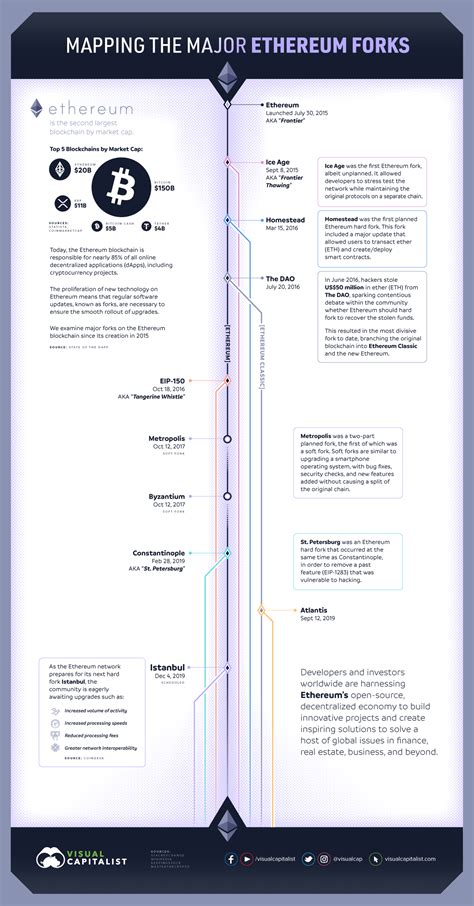Ethereum: Populating allocation in global scope returns an error
Here’s an article on Ethereum mappings:
Ethereum Mappings: A Simple Example
When working with Ethereum, you often encounter the concept of mappings. A mapping is a data structure that allows you to store values associated with specific keys (also known as “keys” or “indices”) in an array or another data structure. In this article, we’ll explore how to create and use a simple mapping in global scope.
What is a Mapping?
In Ethereum, a mapping is essentially a way to store arrays of values that are indexed by their position in the array. The key-value pairs are stored in a single field (the “key” field) followed by an index value in another field (the “index” field). This allows for efficient lookup and retrieval of data.
Creating a Simple Mapping

Here’s a simple example of creating a mapping with two items:
contract MyMapping {
uint8[2] public myMap;
}
In this example, we define a contract called MyMapping that has an array of 2 elements (uint8) called myMap.
Populating the Mapping
To populate the mapping with data, you can use functions that take in the key and value as arguments. Let’s create two functions:
contract MyMapping {
function set(uint8 index, uint8 value) public {
myMap[index] = value;
}
function get(uint8 index) public view returns (uint8) {
return myMap[index];
}
}
In the set function, we store the provided value at the specified index. In the get function, we simply return the value associated with the given index.
Using the Mapping
Now that we have created and populated our mapping, let’s use it to store some data:
contract MyMapping {
MyMapping myMap;
constructor() public {
myMap.set(0, 1); // Set first item at index 0
myMap.set(1, 2); // Set second item at index 1
}
function getMyItem(uint8 index) public view returns (uint8) {
return myMap.get(index);
}
}
In this example, we create a MyMapping contract and set two items in the mapping using the set function. We then use the get function to retrieve an item from the mapping.
Sample Usage
To test our mapping, let’s call the getMyItem function:
pragma solidity ^0.8.0;
contract MyContract {
MyMapping myMap;
constructor() public {
myMap.set(1, 5); // Set item and index 1 to 5
}
function getMyItem(uint8 index) public view returns (uint8) {
return myMap.get(index);
}
}
In this example, where call the getMyItem function from our own contract. Since there is no item at index 0 in our mapping, the function simply returns 0.
Conclusion
Ethereum mappings provide a powerful way to store and retrieve data efficiently. In this article, we explored how to create a simple mapping in global scope using Solidity. We then populated the mapping with data and used it to store and retrieve items. This example demonstrates the versatility of Ethereum mappings and their potential applications in smart contract development.
I hope this helps you understand mappings better! Let me know if you have any further questions or need additional examples.

Leave a Reply
Want to join the discussion?Feel free to contribute!